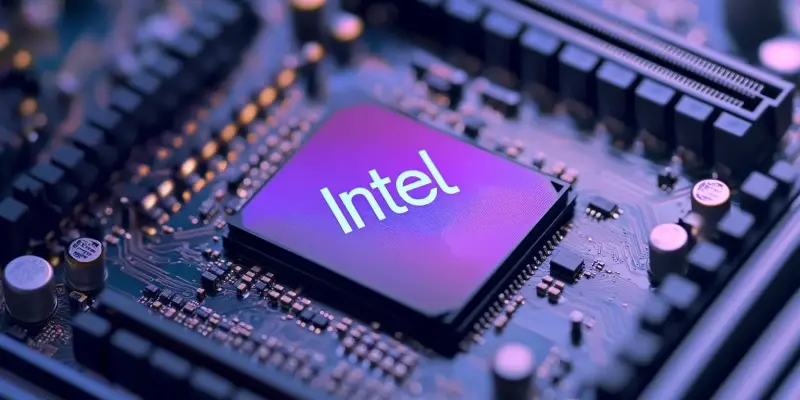In the continuously evolving semiconductor industry, firms like Intel and TSMC are perpetually vying for technological superiority. Intel’s upcoming 18A process, which integrates a novel backside power delivery network (BPDN) dubbed PowerVia, might well position the company ahead of its competition. This innovative technology promises enhanced performance by addressing some traditional power delivery challenges. Meanwhile, TSMC plans to incorporate its own BPDN, known as the 1.6nm Super Power Rail, in future processes. As this technological race heats up, the implications for the semiconductor landscape are undeniably significant.
Intel’s 18A Process and PowerVia Technology
Intel’s 18A process aims to leverage its PowerVia technology to deliver unmatched performance. The PowerVia system is designed to provide power directly to the transistors from the backside, which effectively reduces power delivery difficulties faced by traditional front-side approaches. By eliminating the front-side routing congestion, PowerVia can significantly enhance power efficiency and performance. This positions Intel well, especially as it seeks to regain a leading position in the semiconductor market. The move to backside power delivery is seen as a crucial step in pushing the boundaries of what is technically feasible, making it a key factor in the forthcoming competitive scenarios.
Furthermore, TechInsights, a prominent analyst firm, anticipates that TSMC’s N2 production will commence by the end of the year. There are, however, concerns about wafer prices, particularly if the rumored $30,000 per wafer materializes. Despite these price concerns, TechInsights predicts that the actual costs may fall below these figures, potentially making TSMC’s new technology more accessible to a broader array of customers. This opens the floor for a broader consideration of how pricing will impact the competitive dynamics between Intel’s PowerVia and TSMC’s N2.
TSMC’s N2 Technology Advancements
While Intel steadily moves forward with PowerVia, TSMC’s N2 technology remains a formidable contender. It is noted to lead in transistor density, an essential measure of semiconductor performance. TechInsights ranks TSMC first in transistor density, followed by Intel and Samsung. However, there are criticisms regarding TSMC’s transparency. Recent IEDM papers by TSMC have been seen as lacking in detailed technical disclosures, instead presenting potentially less useful graphs. Such opacity may hinder TSMC’s ability to fully showcase the advancements and readiness of their N2 technology.
Nevertheless, the details that TSMC has provided point toward a production-ready process by 2025. This projection underscores TSMC’s commitment to maintaining its leadership in the industry despite the increasing competition. The superior transistor density that TSMC achieves with its N2 process is a significant factor that could determine customer preference and industry adoption rates. The ongoing development and forthcoming deployment of these advanced manufacturing technologies cement the rivalry between these semiconductor giants, keeping the industry and its stakeholders on the lookout for the next big breakthrough.
Market Dynamics and Future Considerations
In the ever-evolving semiconductor industry, companies like Intel and TSMC are in a constant battle for technological dominance. Intel is looking to gain an edge with its upcoming 18A process, which will feature an innovative backside power delivery network (BPDN) called PowerVia. This new technology aims to improve performance by tackling some of the long-standing power delivery issues in chip design. On the other hand, TSMC plans to introduce its own version of BPDN, which they refer to as the 1.6nm Super Power Rail, in their future manufacturing processes.
Both of these advancements highlight the ongoing competition and the rapid pace of innovation within the semiconductor sector. The race between Intel’s PowerVia and TSMC’s Super Power Rail could have substantial impacts on the industry’s landscape, influencing everything from computing capabilities to market share dynamics. As these technological giants push the boundaries of what’s possible in semiconductor manufacturing, the stakes are incredibly high, with the potential to shape the future of electronics and technology at large.

